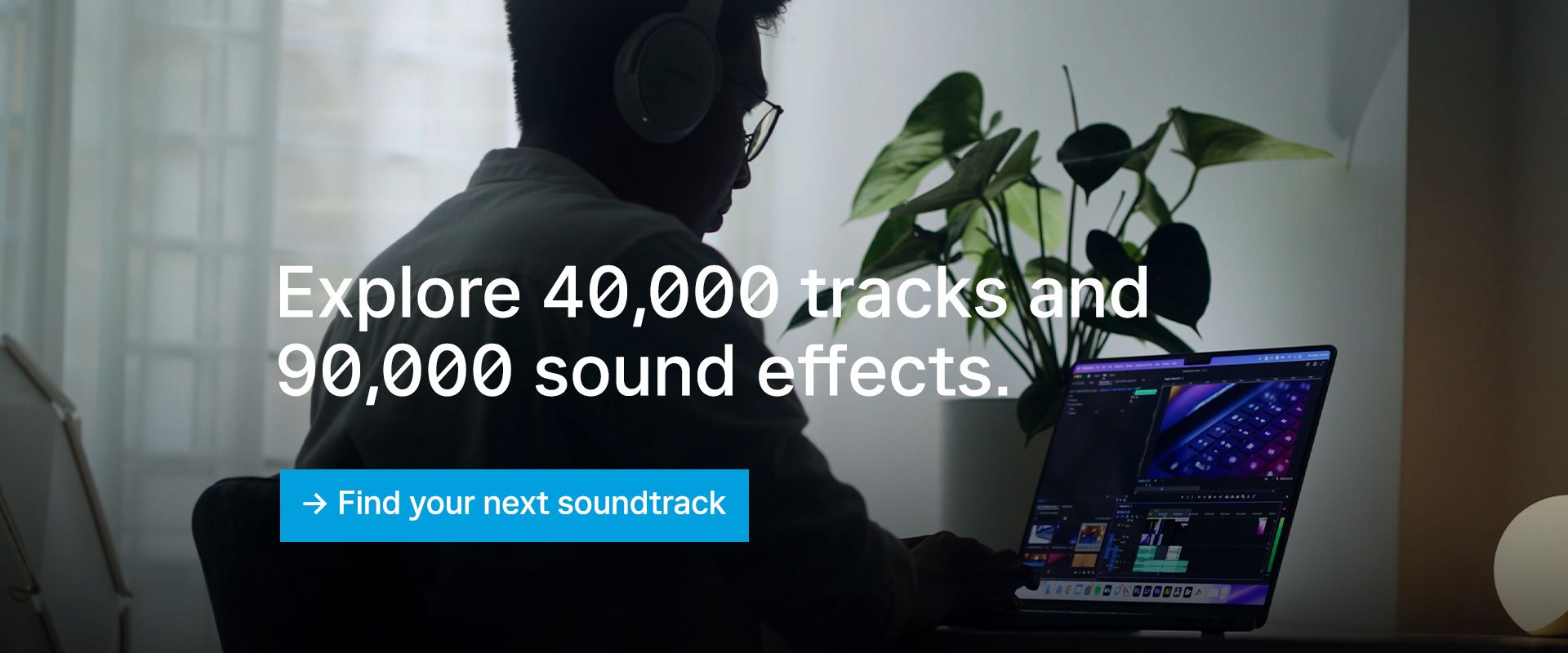A Beginner’s Guide to High Key and Low Key Lighting
High key and low key lighting are essential to creating mood in photography and film. Here’s everything you need to know about what they are, which to choose, and how you can use them to create killer content.

High key and low key lighting are essential to creating mood in photography and film. Here’s everything you need to know about what they are, which to choose, and how you can use them to create killer content.
What is high key and low key lighting?
High key and low key lighting are used to create different moods and styles during shoots. The same shot can look very different depending on how you light it – you wouldn't want a piece of kids’ TV to look like a noir thriller, nor would you be OK with a dimly lit motivational video.
A key light is the main light you’d use to illuminate your shot or scene. On a film set, they also tend to have a backlight and fill light, which help create a fully immersive, 3D effect. But, unless you’re planning to film someone creeping around in the shadows for a suspense-drenched shoot, the key light is essential.
What’s the difference between high key and low key lighting?
High key lighting reduces the contrast and darker tones in your video or photo, making the finished product look bright and friendly. Fill lights help create high key lighting, minimizing contrast even further and adding ambient lighting to your shots. There's more focus on white and softer, warm colors with high key lighting.
Low key lighting is all about darkness: shadows, low tones, and the color black. The contrast between black and any lighter colors is quite stark, creating a more dramatic image than anything you’d take with high key lighting.
Want to soundtrack your scenes? Dive into our extensive, royalty-free catalog below.

What is an example of high key lighting?
You'll usually find high key lighting in upbeat, inspirational content. Commercials for food, kids' TV shows, influencer content, and more all utilize high key lighting to create a cheery image. They'll often have light backgrounds, too, which helps increase ambient lighting.
The point of high key lighting is to complement the content’s mood. So, if you were filming a horror short, you probably wouldn’t use high key lighting – unless you were using it to deliberately create a weird, uneasy feeling.
Here’s a great example of high key lighting from one of Epidemic Sound’s Ambassadors, SWOOP.
What is an example of low key lighting?
Low key lighting is often used in gritty, dramatic content – you’ll have seen it in every crime show on TV! You can achieve low key lighting with natural light, but because you need a low level of ambient light, you usually have to step in and control the environment. A black background is perfect for this kind of setup, as it limits the amount of reflection in your shot.
‘Low key lighting’ is often used as shorthand for the effect, rather than the equipment. This means people might refer to an image or video as having used ‘low key lighting,’ when really, everything’s been achieved naturally.
Here’s a video of that in practice, this time from Epidemic Ambassador Eryn Krouse. While you can see the low key elements aren’t perfect – she’s using natural light, after all – the first portion of the clip clearly demonstrates the drama and scope you can achieve with low key lighting.
When should I use high key or low key lighting?
Unless it’s your actual job to work with lighting, it can be difficult to know when to use high or low key lighting. After all, to many people, it’s not something they think much about – but it can make or break a scene or shot, taking your content from good to 100% nailing what you set out to do.
As a rule of thumb:
- You can create high key and low key lighting naturally or in the studio
- High key lighting is low-contrast, happy, and light
- Low key lighting is high-contrast, dark, and moody
- You can enhance or decrease elements like contrast and brightness in post-production editing software
High and low key lighting are both integral parts of content creation. As is music. If you want the tunes to convey your content’s mood properly, check out our catalog of 40,000 royalty-free tracks here.
We own all the financial rights to our catalog, so as long as you've signed up for one of our plans and have connected it to your socials, you can start soundtracking your content. No need to worry about copyright claims, takedowns, or any of those weird legal headaches that stop you from doing you! Hit the button below for a 30-day free trial.

Are you a video editor or filmmaker? Whether you’re an absolute master or just a beginner, discover what Epidemic Sound has to offer on our Epidemic Sound for Filmmaking page. Oh, and if you’re looking for some music for video editing, check out our dedicated page.
Related posts:

